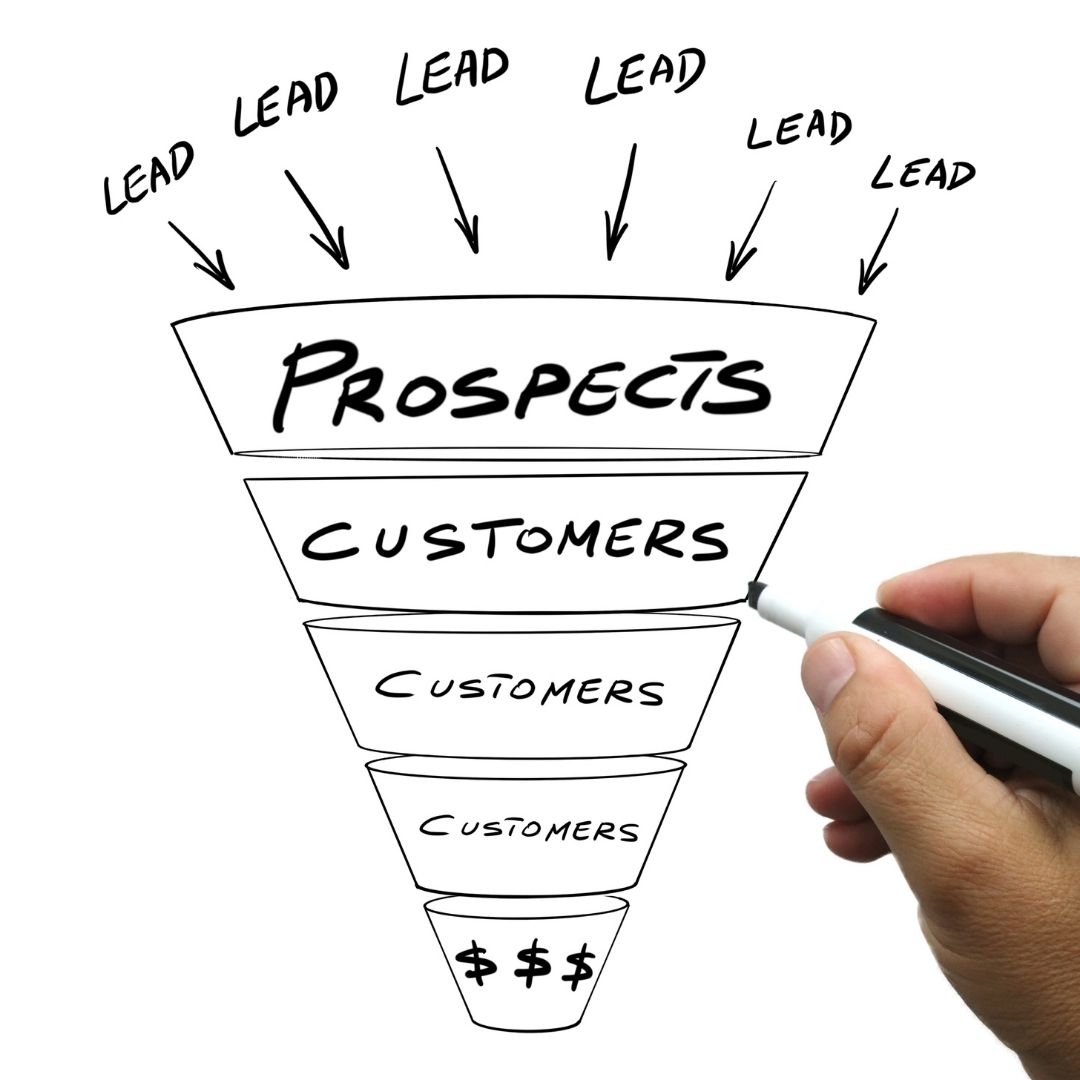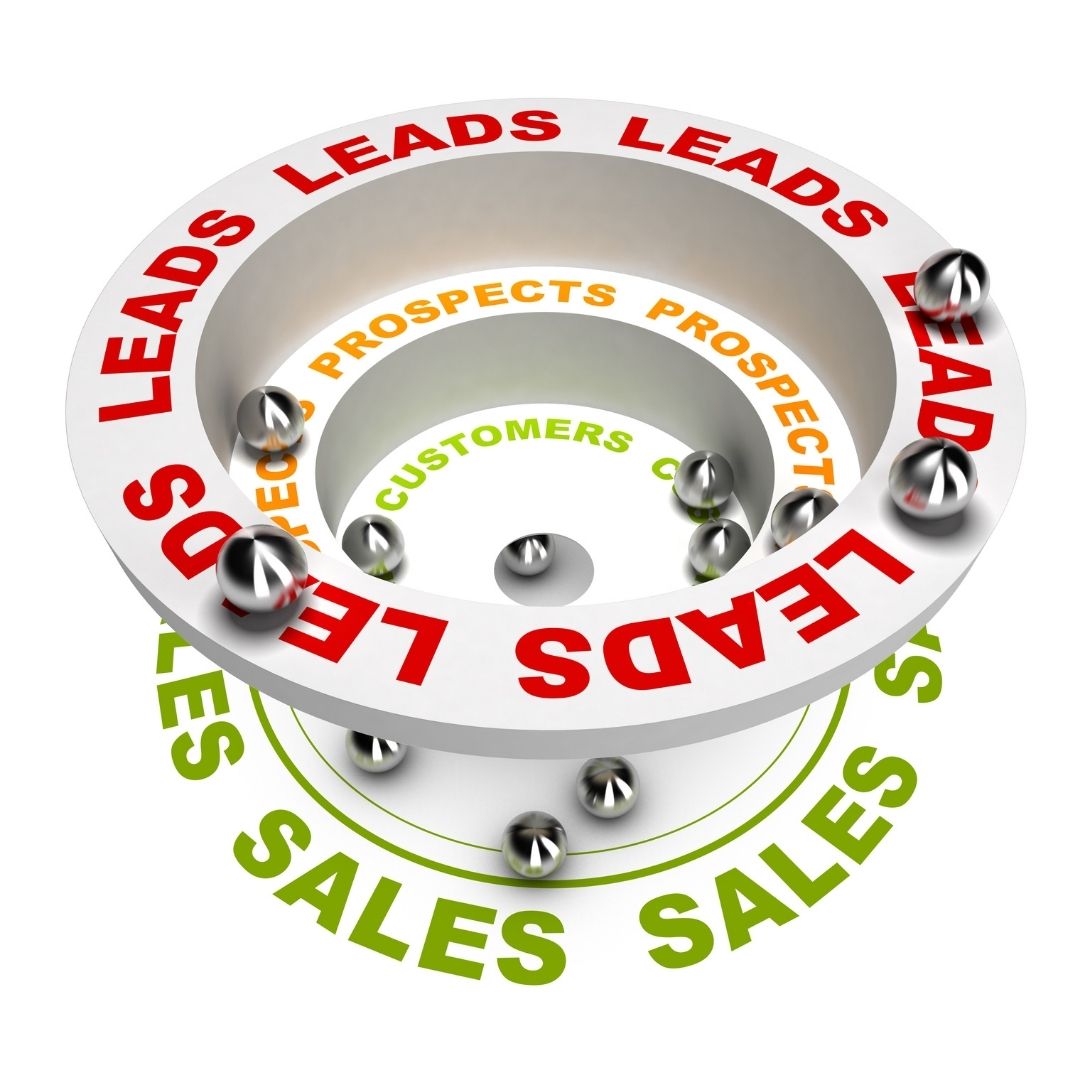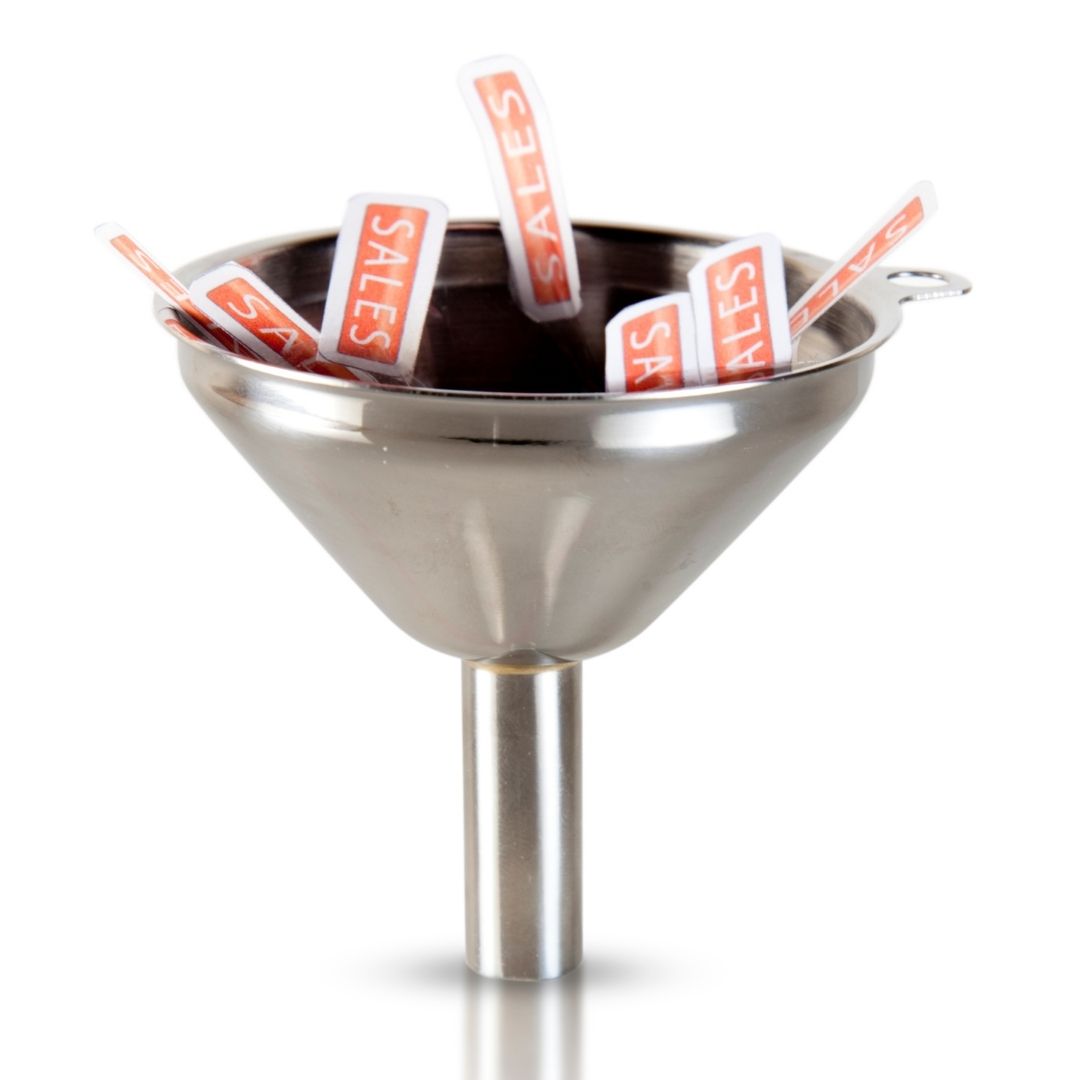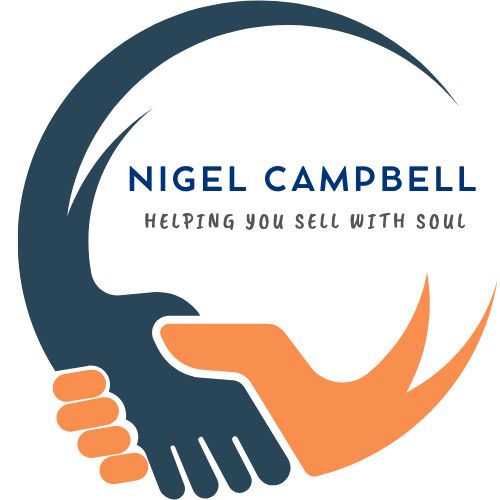How to create a sales funnel
A sales funnel is the term for the excursion potential clients goes through while heading to buy. There are a few stages to a sales funnel, normally known as the top, centre, and lower part of the funnel, albeit these means might change dependent upon an organisation's sales model and/or structure. Today we take a look at how you create a sales funnel.

Any business knows the pain and frustration of simply missing a deal. Following quite a while of pitches and demos, gab, and appeal, the lead exits the sales funnel without purchasing.
A sales funnel assists you with understanding what potential clients are thinking and doing at each phase of the buying venture. These bits of knowledge permit you to allocate your resources into the right promoting marketing exercises and channels and transform more possibilities into paying clients.
What are the different stages of a sales funnel?
In a typical sales funnel, there are 4 main stages.
1. Awareness
The first of the sales funnel stages is known as the "awareness" level since it's the place where individuals initially become aware of your product or service. They might catch wind of you from your online marketing, email campaigns, even through word of mouth.
How and why those individuals drop down the sales funnel relies upon your sales and showcasing capacity. The leads in the centre and lower sales funnel stages are those that you need to give the most consideration to because they've moved past awareness to want to know more about your brand, business and product and/or service.
2. Interest
Once leads have learned about your brand, they’ll evaluate it based on their interests and then decide to progress their enquiry. They’ll think about the problem they’re trying to solve and conduct research to make sure your offering is the best solution.
3. Decision
Once leads have sufficient information to feel like they're now able to make an informed decision, they will then go away to contemplate. This is typically where they will look at the value of the package you're offering against your competition.
4.Action
This is the final stage of the funnel, which, as the name suggests, is where the lead decides whether to go ahead with their purchase or not. If they decide the latter, all is not listed There are ways to nurture campaigns to target these lost sales in the future.

How to create a sales funnel
Build yourself a landing page. This is the first page that many visitors to your website will land on, and will be the first impression that they have of both your brand and of your business. You don't want this page to be full of information but you want it to effectively communicate who you are, what you stand for and promote your products and services.
Also on this landing page, you want to offer the visitor something for value. This can be anything from a lead magnet or an ebook that further tells the visitor more about your brand and intrigues them to want to know more.
From here, this is where you want to start nurturing. For example, if you have a lead magnet as your product of value on your landing page, you should ensure that they provide their email address in return for a download of an ebook for example. This means that you can start to build a list of email addresses of visitors to your website who have indicated themselves they were keen to find out more about your business.
Finally, when the time is right, this is where you want to push trying to convert sales. Create a powerful email marketing campaign, usually incentivised or discounted to aim towards these first time customers. Of course, it's important to understand and expect that not everyone who had previously given you their email address will convert into a sale. However, all is not lost. It is sometimes important to ask them the reason as a means of feedback so you can make some changes going forward.

In summary
Understand and creating a sales funnel for your business is key to understand the touchpoints and journeys that customers travel through. It also helps you as a business owner and your sales team track these journeys and act accordingly.
